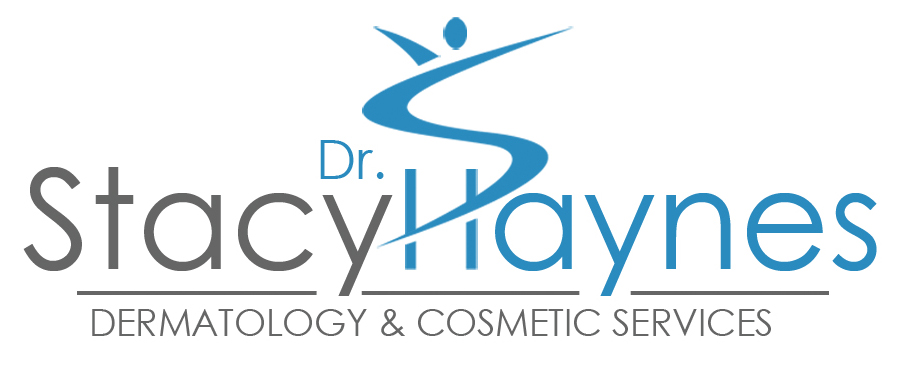What Is Regenerative Hair Growth?
People who desire a non-surgical regrowth strategy that is safe and effective choose the Regenerative Hair Regrowth Procedure.
In hair restoration, PRP (platelet rich plasma) is activated, injected into the scalp and applied topically then worked into the scalp using a microneedling device. The application of PRP causes miniaturized hair follicles to become healthier and larger, producing more robust hair growth. PRP is loaded with growth factors that promote rapid angiogenesis and localized cell growth. It is effective for both male and female pattern hair loss. PRP has also been known to regrow hair in alopecia areata, eyebrow hypotrichosis and other patient cases with non-hereditary hair loss.
How Does Regenerative Hair Growth Work?
The Regenerative Hair Regrowth treatment takes about 45-60 minutes to complete. First, a blood sample is obtained which is specially processed to produce the PRP. A local anesthetic is then administered to numb the scalp treatment area. The PRP is administered via a series of injections and topically worked into the scalp using Microneedling or in a localized treatment area such as the eyebrows or beard.
The recovery from the procedure is typically uneventful. Pain is easily managed in most cases with non-narcotic analgesic medication such as Ibuprofen. Some mild swelling of the forehead is occasionally seen 1-2 days after injections. This is normal and will resolve in 48 hours. Avoiding vigorous activity is recommended until the swelling is gone. There is no other downtime or noticeable effects of the procedure. Patients can wash their hair normally immediately after the injections.
New hair growth may be seen as early as 2 months, but is typically evident between 4-8 months and should continue to improve up to a year after treatment.
What Types Of Conditions Respond To The Regenerative Hair Regrowth Treatment?
The Regenerative Hair Regrowth technique is a versatile tool in the treatment of hair loss for a number of causes including:
• Male Pattern Hair Loss – especially in the early stages of balding, or anytime there is a lot of miniaturized hair on the scalp
• Female Pattern Hair Loss – at all stages of hair loss
• Hypotrichosis (fine/reduced hairs) of the eyebrows or beard
• Alopecia Areata, Alopecia Totalis
• Metabolic causes of hair loss – iron deficiency and medication induced hair loss
